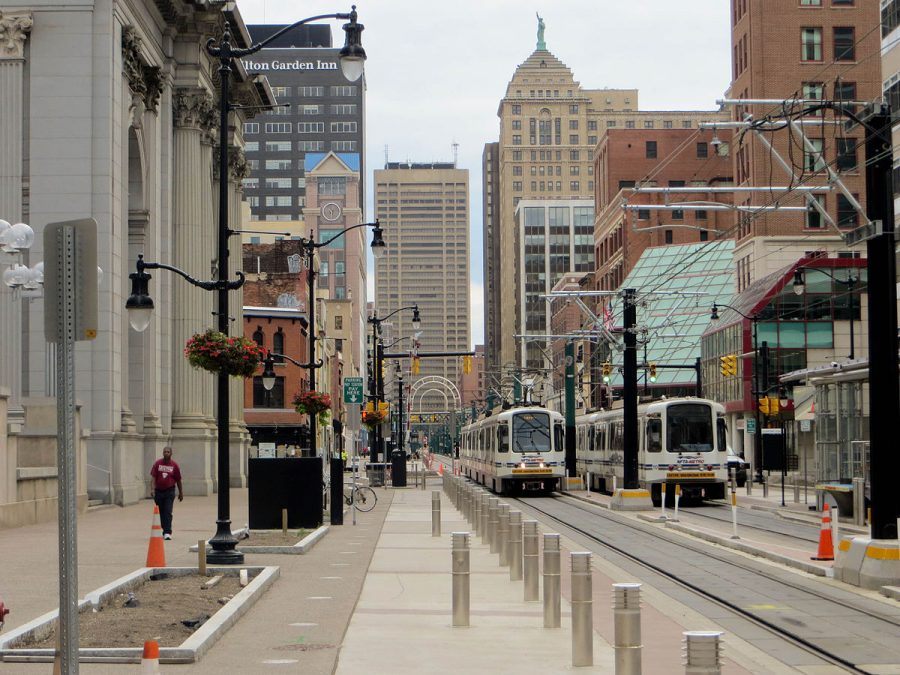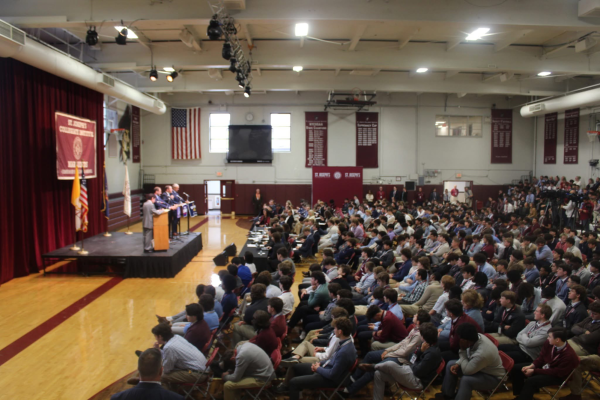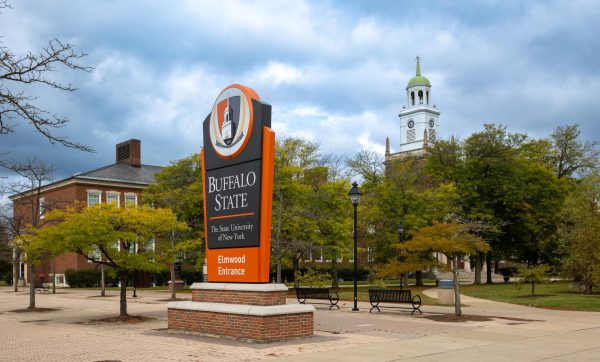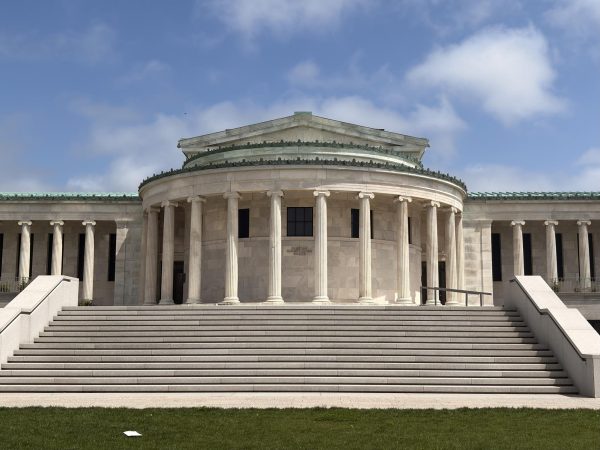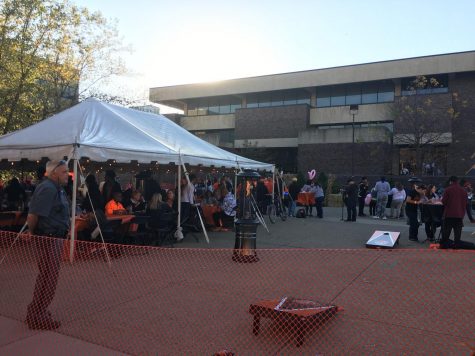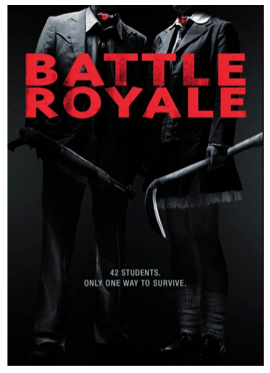Buffalo’s Growth Means Improvements for Mass Transit
The New York City Subway System has been looked to by many cities as the cutting edge means of transportation. with a rolling stock that has transcended centuries, the evergreen life-force of the system has made it a great force in the world of transportation.
And then, there’s Buffalo.
Despite Buffalo’s NFTA (Niagara Frontier Transportation Authority) having a third of the services that are offered by the MTA (Metropolitan Transportation Authority), the NFTA may need to step up in terms of getting around. Unlike New York City, the bus system here in Buffalo is put in place to because there isn’t really a subway system for commuter to fall back on.
While improvements are being made to the current system, NFTA has a long way to go before it can really say that its system is beneficial to all commuters.
NFTA Metro finally is beginning work on the planned Amherst extension, but another extension that’s in the planning process, works against commuters. It works more in favor of the city’s economic development. The DL&W (Delaware, Lackawanna, and Western) terminal, which is currently being used as a yard and work house for NFTA Metro’s rolling stock, is set to be transformed into the new terminus of the line.
Even though restoring the terminal is an idealistic goal for NFTA, it isn’t something that should remotely be a priority for them. This project seems more like the Fulton Center in New York City, which is a 1.4 billion dollar waste of space.
The Fulton Center is a large mall that was developed around the massive downtown Fulton Street Subway Station. The properties located inside of the center are owned by the Westfield Corporation, who are known for charging exorbitant amounts of rent for spaces in their properties. All in all, the Fulton Center was more or less a waste for commuters and creates more confusion for anyone trying to get into the actual subway station.
With the DL&W Terminal, the idea of using the space for retail honestly is an unnecessary extension of the Metro line. More importantly should be the expansion of the NFTA Metro line to other parts of the city. However, the NFTA has more than made up for this by creating a network of bus lines that extend to every corner of Buffalo, or so we thought.
The bus lines are great during the weekdays, but they have become a problem for students and commuters on the weekends because they arrive whenever they feel like it. Many students that are from New York City, know about this unusual phenomenon of buses arriving at any time later than they are supposed to after their expected arrival time. This can lead to two buses arriving at stops because one of them was late.
Specific times of the year when this is an issue are when students are going home for breaks or three day weekends. In time like these getting to the airport can seem like a mission that only James Bond and some cooky gadgets can solve. The NFTA has a major issue with their bus lines not being able to cover the area that they need to.
Buffalo Niagara International Airport is not a big airport though it is heavily trafficked. Unless students go downtown and find the small 204 express bus, or find the 24 bus, there is no other easy way to get there. Taking a cab can cost up to $30 one-way, and if it snows, as they say on the streets of New York City, fuhgeddaboudit .
The 204 express bus is something that should be made a bit bigger instead of the smaller buses that are commonly used for senior or disabled transportation. Instead NFTA should implement their 24-series buses that are placed in service through the system, but are too small for some of the lines that they are placed on.
Finally, comes the issue of Amtrak and the location of the new station. even though this is not regulated by the NFTA, mass transit in Buffalo is an all encompassing mess that needs to be straightened out. even though the city is in a renaissance, the transportation is still slacking.
Last year, Art Voice printed a story about the decision not to use the Central Terminal on the East Side to replace the dilapidated Buffalo-Exchange Street station. The station at Exchange Street is not that large but using the Central Terminal wouldn’t be right since on average three trains come through Buffalo. Aside from that much of the railroad industry is directed toward freight traffic.
A better means of Buffalo having a new Amtrak station is to refurbish the station house that’s already at Exchange Street. even though a new site has been voted on it seems a waste for the new station to be constructed.
Mass transit in Buffalo has a long ways to go before it really serves the city in the best possible means possible, and for now it has. However, as the city adapts the transportation has to adapt with it. Even though the system is doing the best they can for now, NFTA should get to work on overhauling the system they have and evaluating where to go from there.


